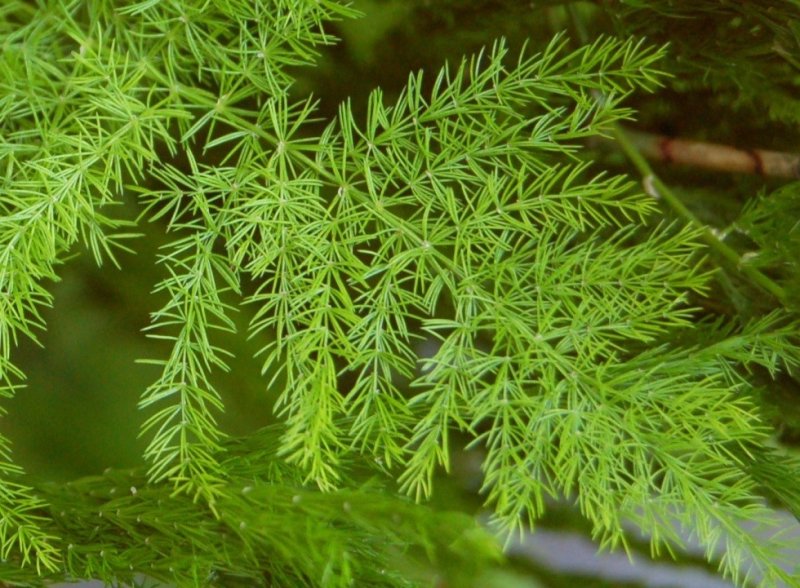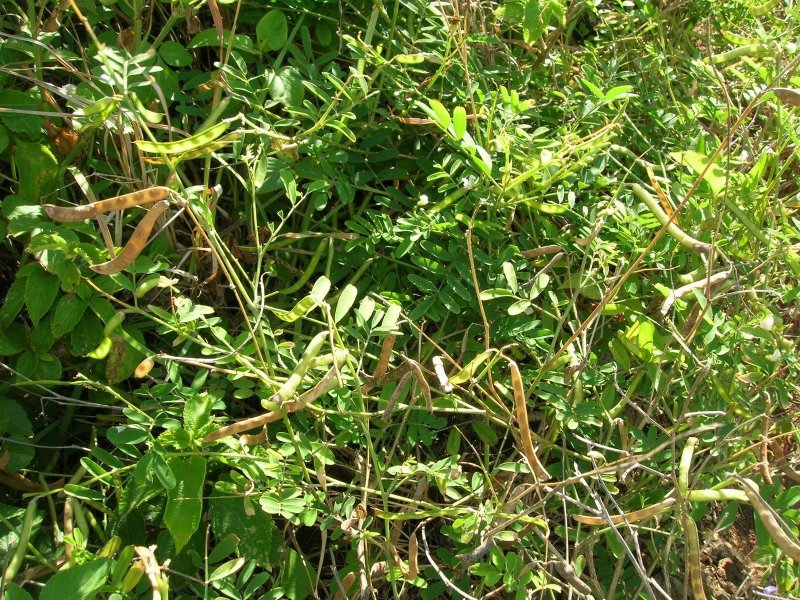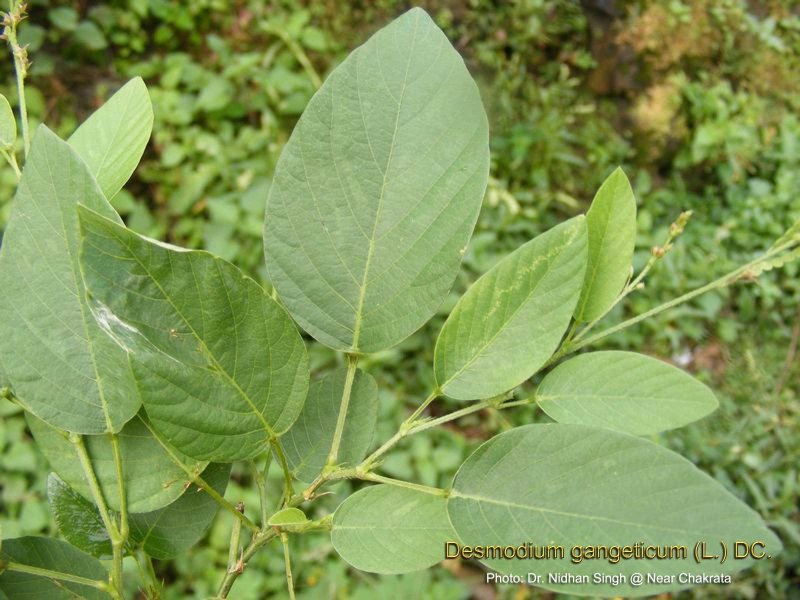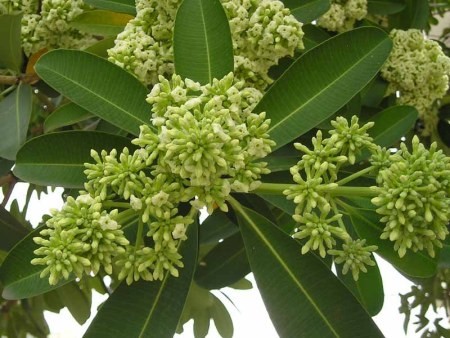Shatavari(Asparagus racemosus.willd)
INTRODUCTION
The texts clearly state that shatavari promotes maternal health. In particular, noted the use of shatavari as a galactagogue (enhancing breast milk secretion in lactating mothers). As such, it indirectly promotes the infant’s health. Shatavari aptly in recent years shatavari has become a popular herb worldwide. Women in the West have been using it ever since studies showed that it contains phyto-estrogens, the precursors of estrogen. This finding made it popular all over the world. The types of Shatavari are widely used, Asparagus recemosus wild, the herb, called shatavari, and the food vegetable, Asparagus officinalis linn.
Shatavari is widely recommended in Ayurveda. Ayurvedic texts like the charak Samhita, Susruta Samhita, and Astanga Samgrha, show its ancient use as early as Vedic time (4000 years ago.) Shatavari is highly appreciated in Ayurveda, due to its potential to maintain health, not only menopausal health, but health during all stages of a female’s life. Ayurvedic texts literally claim that shatavari strengthens a woman to the point where she is capable of producing thousands of healthy ova.
Shatavari is used to treat many diseases in a typically multidimensional Ayurvedic approach in which the Rasa (Taste) Guna (Quality) Virya (Potency) Karma (Action) and Prabava (Specific Action) are considered. Shatavari has a sweet and bitter taste, and has a cooling effect. Shatavari enriches the body’s nutrition, leading to an increase in plasma and the white blood count. Higher white blood counts generally indicate a stronger immune system. Shatavari also contains bioflavidoids, essential vitamin B components, and the essential elements of calcium and zinc.
Dopamine released within the walls of the stomach, as an endogenous neurotransmitter is known to impede gastric emptying.
Central dopamine antagonists cause catalepsy in animals. In a preliminary experiment, we were unable to elicit catalepsy in rats with Shatavari even with massive oral doses (2gm/kg) suggesting that its action may be outside the blood-brain barrier, similar to that of metoclopramide.
LITERARY REVIEW
Shatavari is mentioned in parashkara grahasutra, in context of Mulugadhi (P.gr.2/21). It is also mentioned in Atharva parishista in the same above mentioned context (5/1/5) the same drug is mentioned by Panini (4/1/123) Taittariya Aranyaka also mentions the above said drug in the same context. (10/1/7)
An herb Shatamula which is belived to be shatavari. Another drug shatavara is described Extensively in Vedic literature seems to be Drishkraka of Astha Varga but not the above said shatavari. Sayana said shatavari contains 100-roots/ spine which cures countless diseases.
SYNONYMS
Abhiru, Amodha, Ardha kantaka, Atirasa, Atmalasya, Bahumula, Durmana, Divipashatru, Divya, Durmara, Dvipika, Jata, kanchanakarina, Kushika, Karambha, Laghuparnika, pivari, Narayani, Rishaghata, Tailavalli, Shatamuli, Shatavirya, Sukshmapatra.
VERNACULAR NAMES
- Kannada:- Majjige Gadde
- English:- Asparagus
- Hindi:- Shatavara
- Tamil:- Sadavare
- Telugu:- Pillipichara
- Sanskrit:- Shatavari
- Marati:- Shatavari
- Gujarati:- Shatavari
- Tulu:- Tandangi
- Urdu:- Satavara
OFFICINAL PART
- Tuberous roots.
- Stem bark.
CHEMICAL COMPOSITION:
Asparagus racemosus:
Tuberous roots contain four Saponins namely,
Shatavarin I to IV.
Shatavarin is a glycoside of sarsapogenin.
The flower of this plant contains Quercetin, Rutin (2.5% dry basis) and Hyperoside.
Dried tuberous roots have Ulcer healing Resistace or cytoprotection. It has also been identified as one drug to control the symptom of AIDS.
Asparagus gonoclades baker (glossary Indian medicinal plants)
An Anthocyanin- Malvin- and Asparaginic from flowers.
Roots of this plant contain:
- sarsapogenin
- saponin – 2 sporostanolic
2 furostanolic
Fruits of this plant contain:
- b-sitosterol
- Saesapogenin
- Deosenin
- Asparomin A&B
Leaves:
Asparagus officinalis:
This plant contains the new plant growth inhibitors.
- Asparagesic
- Dihydro asparagesic and
S-acetyl-dihydro asparagesic acids.
- b-sitosterol
- sarsapogenin
Nine asparagosides ABCD
- A, C, D&F Contained spirastanon as aglycone whereas B, E, G, H & I Contained (25S) 5b-furostan-3b, 22,26-trion as aglycone.
- Structures of asparagoside C, Mp.287and E, Mp.254·.
Structures of asparagosides F and H confirmed.EFGH and I isolated from roots
- Two new asparasaponins I & II isolated and characterized as 25(S)-furost-5-ene-3b 22,26-triol-3-0-(2,4,di-a-L-rhamnopyranosyl-b-D-glucopyranoside)-26-O-b-D-glucopyranoside and 25 (S) – furost-5-ene-3b,22,26-triol-3-O-and 25(S)-furost-5-ene-3b,22,26-triol-3-0-[-a-L-rhamnopyranosyl-(1-4) -b–D Glucopyranoside]-26-0-b-D-glucotyranoside respectively.
Another plant of same species and family, P.Japanica
A new tritirpene glycoside-saponin b-isolated from aerial parts and charaterised as 28-0[b-D-glucopyransoryl(1-2) -b-D glucopyranosyl(1-2) -b-D-glucopyranosyn}] 2a,3a,24-hydroxyolean-12-en-28-oic asid.
PROPERTIES
Rasa – Madhura, Tikta
Guna – Guru, Snigdha
Virya – Sheeta
Vipaka-madhura
Doshaghnata– vaatashamaka
KARMAS
- Vaata pitta hara
- Rasayana
- Vrishya
- Stanyajanana
Increases breast size, cures Epilepsy, night blindness.
PHARMACOTHERAPEUTIC ACTIONS:
Aphrodisiac, tonic, antiabortifacient, denulcent, nutritive, galactagogue. Coolant, diuretic.
The roots are refrigerant, demulcent, diuretic, aphrodisiac, antiseptic, and attractive, anti diahorreal, anti dysenteric and galactagogue. The root tubers are used in fever, rheumatism and as sexual tonic.
A decoction of its roots is given for fever and their extract is considered as Anti fungal. The bark is anti bacterial and anti fungal. Besides, the juice of herbs with equal proportion of cow’s milk is used to remove calculi.
Locally its root decoction with jiggery is used as an abortificant. Other species a curillus Buch- Ham with corymbiform racemes is met in open oak- Rhodendron forests of states. Its ripe fruits are used to cause abortin and tuberous roots with honey are taken in Dysuria, Diabetes and Dysentry.
PRAYOGAS:
- Stanya kshya
- Artava kshya
- Rakta pitta
- Arshas
- Atisara
- Grahani
- Kshya
- Gulma
PHARAMACO THERAPEUTIC USES:
Root of this plant is used medicinally as a refrigerant, demulcent, diuretic, aphrodisiac, antispasmodic, alterative anti diahorreatic, and anti dysenteric. Chiefly used as a demulcent in veterinary medicine.
A decoction of tubers was administrated as stamachic tonic in dyspepsia but the action was found to be slow and the result was not encouraging.
Root is useless in anti dotal treatment of snake and scorpion sting.
- ATISARA
Shatavari paste is administered with milk and the diet should consist l
Milk alone afterwards. (VM)
- Kasa
Ghee, prepared with shatavari and nagabala is useful. (S.Sut 52)
- Stanya kshya
Shatavari root is grounded with milk and taken. (Y.R)
CLASSICAL USES
- Intrinsic hemorrhage –
- Shatavari ghrita (C.S.Ut.4/95-96)
- Milk processed with shatavari and gokshura or with four leaved herbs checks hemorrhage particularly of urinary tract. (C.S.Ci 4/85)
- Diahorrea-
- In vaataja type, shatavari ghrita. (As.Ci 11/25)
- In raktatisara, paste of shatavari with milk on milk diet. (C.S.Ci 19/7)
- Piles-
Paste of shatvari with milk. (S.S.Ci 6/13)
- Hoarsness of Voice-
Powder of Kakolyadi gana drugs or shatavari or Bala Mixed with honey and ghee. (Ss.ut.53/14)
- Cough
Ghee cooked with shatavari and nagabala (ss.u.52/47)
- Billiary Colic-
Fresh juice and honey in morning. (And all disorders of pitta).
- Vata Rakta-
Shatavari ghrita (V.M.23/25)
- Vission defects-
Rice cooked with Milk and shatavari. (S.S.U 17/49)
- In night blindness-
Tender leaves of shatavari and and ghee. (AH.U. 13/89)
- Poisoning-
Fresh juice with ghee and honey (SS.ka. 1/68)
- Aphrodisiac-
- Powder of shatavari and uccata mixed with sugar with warm milk. (SS.CI. 26/34)
- Shatavari and Milk (VJ. 5/5)
- Erysiperas-
Tubes of Shatavari with Vidari & washed with ghee, used as paste
- Epilepsy-
Shatavari with Milk (CS-CI 10/64)
- Fever-
- Juice of Tinospora cordifolia and shatavari in equal quantity with jaggery is taken
- Allivates vataja jwara (SS.39/174)
RESEARCH ADVANCES
The powdered dried root of A. Racemosus is used in Ayurveda for dyspepsia. Oral administration of powdered fried root of A. Racemosus has been found to promote gastric emptying in healthy volunteers. Its action is reported to be comparable with that of the synthetic dopamine antagonist metoclopromide.
Shatavari promptly and persistently relieve the pain and burning sensation as well as other dyspeptic symptoms due to duodenal ulcer. Since Shatavari did not have antacid and anti-secretory properties, the observed mild reduction in acid secretion may be due to some changes in gastric mucosa.
Shatavari has been suggested to heal the ulcers by potentiating defensive factors and many hypotheses have been put forward for its possible mechanism
- It may prolong the life span of mucosal cells, increase the secretion and viscosity of mucus and strengthen the mucosal barrier and thus reduces H+ion back diffusion into the mucosa.
- Shatavari may form a complex with musus of other substances at the base of ulcer, which may protect the ulcer from the corrosive and proteolytic effects of acid-pepson.
- It may have cystoprotective action like that of prostaglandins.
Other possible mechanism may be deactivation and binding of pepsin or have bile salts.
Effects on uterus:
In spite of cholinergic activity of A. racemosus on guinea pig’s ileum, ethy1 acetate and acetone extracts of the root of A. racemosus blocked spontaneous motility of the virgin rat’s uterus. These extracts also inhibited contraction, induced by spasmogens like acetylcholine, barium chloride and 5-hydroxytryptamine whereas alcoholic extract was found to produce a specific block of pitocin induced contractions. On the other hand petroleum ether as well as wither extracts of the powdered roots did not produce any uterine activity. It indicates the presence of some particular substance in the alcoholic extract, which specifically blocks pitocin sensitive receptors though not other receptors in the uterus, confirming that Shatavari can be used as uterine sedative.
Antihepatotoxic activity:
Alcoholic extract of root of A. racemosus has been shown to significantly reduce the enhanced levels of alanine transaminase, aspartate transaminase and alkaline phosphatase in CC 14-induced hepatic damage in rats, indicating antihepatoxic potential of A. recemosus.
Effect on respiratory system:
Higher doses of the alcoholic extract of root of A. racemosus are reported to cause dilatory effect on bronchial musculature of guinea pigs but failed to antagonize the histamine-induced bronchoconstriction. The extract has also been reported to produce depression of respiration in cat.
Miscellaneous effects:
Alcoholic extract of root of A. racemosus was found to have slight diuretic effect in rats and hypoglycemic effect in rabbits, but, no anticonvulsant and antifertility effect was observed in rats and rabbits repectively. However, it did show some anti-amoebic effect in rats.
GALACTAGOGUE:
The effects of intramuscularly administration (0.1 ml (250 mg /Kg)} of the root were studied in poet partum, estrogen-primed and non primed rates. The extract increased the weight of mammary glands in port partum and estrogen primed rates and the uterine weight in estrogen-primed group. The increase in the weight of adrenals coupled with the depletion of ascorbic acid suggested the release of pituitary ACTH. Estrogen-primed rates receiving the extract showed well-developed lobulo alveolar tissue with milk secretion. The mechanism of action of the extract may be through a direct action on the mammary gland or through the pituitary or pituitary adrenal axis due to the secretion of prolactin and ACTH.
ANTICANCER:
The 50 percent ethanol extract of the plant excluding root revealed anticancer activity against human epi-dermoid carcinoma of nasopharynx in tissue culture. The powdered root extract revealed inhibitory action on DMBA- induced mammary tumourigenesis in rats of Holtzman strain. The mammary tumor incidence showed a sharp decline when virgin female rates, normal or primed with 17B-estradiol treatment were put on diets containing 0.25% 0.5%1% or 2% root extract powder for 10d prior to their exposure to DMBA. There was a increase in the latency period.
ANTINFLAMMATORY:
The decoction of the tuber when fed orally at a dose of 1.5 ml per 100g. did not prevent the development of swelling of joints in experimental arthritis produced by formaldehyde injection in rats. The methanolic extract of the root at does of 20 and 400mg/kg showed maximum inhibition of 18.6% and 33.7% at 3h with carrageenin and 22.2% and 40.5% at 5th with serotonin-induced rat paw oedema, respectively. The anti inflammatory activity of the extract was comparable to that of phenyibutazone.
ANTIDIABETIC:
The dried ethanolic extract 250 mg per kg body weight and the inorganic parts 90 mg pure ash/kg bw of the root revealed hypoglycemic activity in a single dose effect on the oral glucose tolerance text GTT in fasting albino rats.
MATRA:(DOSE)
- Swarasa,juice- 10-20 ml
- Kashaya, decoction- 50-100 ml
- Choorna, powder- 3-6 gm
VISHISHTA YOGA: (Formulations)
Classical: Shatamulyadi louch
Shatamulyadi panaka
Dhatu paushtika choorna
Shatavari choorna
Narayana taila
Shatavari ghrita
Lakshmivilasa rasa
Shatavari guda
Shatavari mandura
Patent:
Phal ghrit
Separipak
Geri forty

